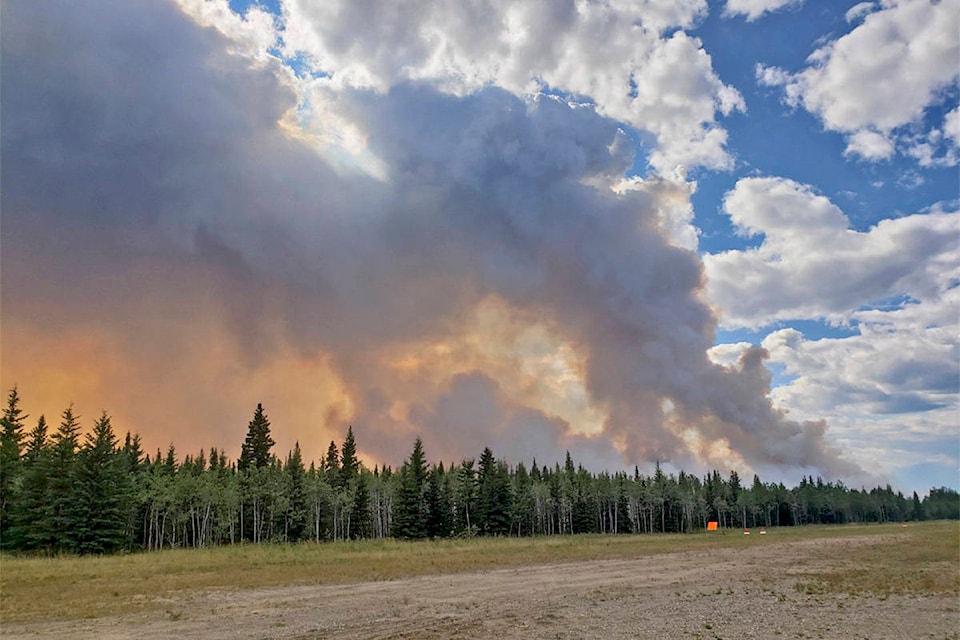The majority of the Yukon remains under a fire ban due to extreme fire danger levels as more than 30 wildfires continue to burn across the territory.
Yukon Wildland Fire Management issued the ban, in effect for the fire management areas of Dawson, Mayo, Carmacks, Ross River, Whitehorse, Teslin, Haines Junction and Beaver Creek, the afternoon of July 8.
It applies to all open fires, including at campgrounds and campfires outside of campgrounds, and also extends to the use of fireworks and burning in any landfill or dump site.
“Officials will be monitoring campgrounds, landfills and dumps to ensure the ban is being respected,” a Yukon Wildland Fire Management bulletin says. “Individuals not respecting this ban may be subject to prosecution.”
The ban does not apply to “closed cooking utensils such as barbecues with lids and small cook stoves,” although the bulletin warns they must be used with “extreme caution.”
Only the Old Crow and Watson Lake areas are not subject to the ban.
Kluane National Park and Reserve issued its own fire ban the morning of July 8, also citing an extreme fire danger in the park.
Meanwhile, the Snag Junction campground in the Beaver Creek area remains closed after a wildfire discovered nearby on July 6 continues to burn.
The fire, last estimated at 1,245 hectares in size, triggered officials to warn campers to leave the day of its discovery as the flames came within four kilometres of the campground. Officials also shut down the Alaska Highway at Beaver Creek and Destruction Bay for six hours as the fire spread parallel to the road.
Officials are also continuing to keep a close eye on two fires burning southeast of Dawson City — the Pigue Creek fire, last estimated to be about 83,000 hectares in size, and the Hunker Summit fire, which has grown to about 12,800 hectares.
Both fires continue to be listed as “not under control,” with the eastern flanks of both less than five kilometres from the Klondike Highway.
Dawson itself is not under any threat by the wildfires, but Wildland Fire Management has posted to social media saying that the highway will have to be temporarily closed if either fire crosses the roadway.
In Whitehorse, wildland fire crews as well as the local fire department responded to a small fire on Grey Mountain in the late evening of July 7, bringing the 0.01 hectare blaze under control just before midnight by dropping retardant on it and with the help of a bucketing helicopter.
The incident was triggered by a structure fire at the biathlon range, the cause of which is still under investigation.
More information and updates on wildfires in the Yukon are available online at yukon.ca/wildfires as well as Yukon Protective Services’ Facebook page. Members of the public can also call Wildland Fire Management at 867-456-3845 for more details on the fire ban.
The entire territory also remains under an air quality advisory as smoke from local fires, as well as ones burning in Alaska, lingers in the air.
Contact Jackie Hong at jackie.hong@yukon-news.com
